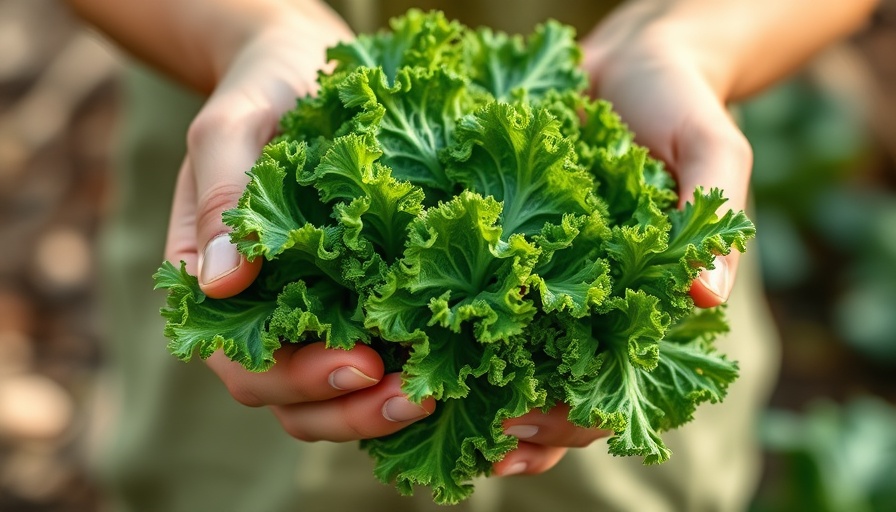
Discover Budget-Friendly Blue Zone Foods for Healthy Eating
If you're looking for ways to enhance your diet without breaking the bank, Blue Zone foods may be the answer. These foods are not only budget-friendly but also championed for promoting longevity and overall wellness. Inspired by the concept of Blue Zones—regions where people live longer, healthier lives—these ingredients can be incorporated into your meals easily and affordably. Let's explore how to make the most of these nutritious food choices!
What Are Blue Zone Foods?
The term "Blue Zones" first emerged in a National Geographic study that identified areas around the world where people consistently live to 100 years and beyond. Research points to shared dietary patterns among the populations of these regions, which include rich plant-based ingredients and minimal processed foods. By including these Blue Zone foods in your meal rotation, you can contribute to healthier aging without overspending.
Top Budget-Friendly Blue Zone Foods
Here are a few of the most recommended Blue Zone foods by registered dietitian nutritionists that won’t strain your wallet:
1. Kale: A Nutrient Powerhouse
Kale, often hailed as a superfood, is both affordable and packed with nutrients. A single serving contains multiple vitamins and minerals while being low-calorie. Nutritionist Lisa Andrews suggests that massaging kale for a few minutes makes it more flavorful and easier to digest, transforming it into a delicious salad ingredient or base for smoothies.
2. Blueberries: Sweet and Nutrient-Dense
Blueberries stand out as a delightful snack or add-in for meals. They provide health benefits thanks to their antioxidants, which help combat disease. When in season from late spring to early fall, fresh blueberries are a budget-friendly choice, but frozen varieties are also a smart option to enjoy year-round in smoothies or parfaits.
3. Peanuts: Nutty and Filling
Although technically classified as legumes, peanuts are a perfect blue zone snack. They offer a good source of healthy fats and protein while remaining affordable. Eating them raw or lightly roasted can enhance your diet’s nutrient profile, making them a satisfying and healthy snack option.
4. Lentils: The Versatile Protein Source
Lentils are an economical source of protein that are perfect in soups, salads, and side dishes. These legumes are high in fiber, which promotes healthy digestion. Their quick cooking time and ability to absorb flavors make them a perfect staple in any health-conscious kitchen.
5. Sweet Potatoes: A Healthy Carbohydrate
Sweet potatoes are rich in vitamins and minerals and serve as a wholesome substitute for regular potatoes. They draw inspiration from the produce enjoyed in Blue Zones, and they can be roasted, mashed, or added to soups, ensuring a delicious and nutritious meal without hefty costs.
How to Integrate Blue Zone Foods into Your Meals
Incorporating these foods into your daily meals doesn't have to be a chore. Here are some tips to easily add them into your routine:
- Plan Your Groceries: Make a list and focus on seasonal produce to ensure you get the best deal and quality.
- Meal Prep: Set aside time to prepare meals at the beginning of the week, making it easier to grab nutritious options on-the-go.
- Experiment with Recipes: Try new recipes that feature Blue Zone foods, like kale salads or lentil soups, to add variety to your meals.
Final Thoughts: Your Path to Healthy Eating
The beauty of Blue Zone foods lies in their accessibility and health benefits. Embracing these ingredients in your diet not only nourishes your body but can also promote a longer, healthier life. So why not give it a try? Explore these budget-friendly options today and see how they can transform your meals and energy levels.
Take charge of your health and discover how simple dietary changes can lead to a more vibrant lifestyle. Start incorporating these Blue Zone foods into your meals for a taste of wellness!
 Add Row
Add Row  Add
Add 







Write A Comment